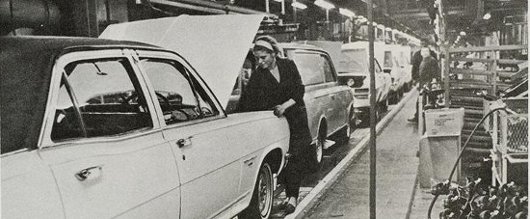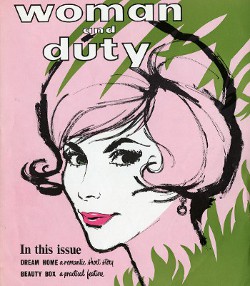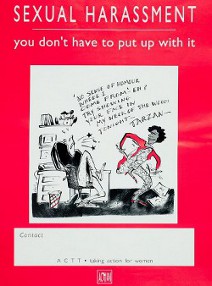women at work

Many persistent characteristics of the female labour force, such as women's low and unequal pay, job segregation and the consequential undervaluing of women’s skills continued into the 1945 - 1995 period. Further developments included:
- the role of the Welfare State and the perceived caring responsibilities of women- campaigns for equal pay and the recognition of equal value
- a trend towards part-time and other flexible work patterns
- the different experience of Black and Asian women workers
 |
 |
Resources available on this site:
- Read a learning narrative on the main issues relating to women at work during this period, a paper written by Professor Mary Davis, Visiting Professor in Labour History, Aston University.
- View images relating to women at work.
- Hear audio interviews for women at work, read bankground notes and read full transcripts.
- Search the collection for resources relating to "women".
- See also the linked website Winning Equal Pay: the value of women’s work
Examples of interview resources:
Because women actually didn’t have many rights then. I know it wasn’t that long ago, but they didn’t. They had to be backed by a man. They couldn’t get finance on their own or anything like that. They had to have a male guarantor. And I guess it was a case of we sort of knew our place. That sounds terribly old-fashioned, women didn’t ... The women that were career women were often looked upon as being very hard and not really very nice. Very pushy. But I think it’s because they had to be. There weren’t that many career women. It was generally accepted that women got married, had babies, didn’t work. And most women did the office work. You didn’t really get anybody that was in managerial that was female. Very few.
Pam Osborne, talking of her experience working in a bank in the 1960s. Read and hear more.
It was mainly women who did the machining, though. I mean, in tailoring you had men, but in dressmaking and the rag trade, it was women... But I can’t remember any men. The only men I can remember in Strype Street were the owners...
Monica Henderson, a machinist in the clothing industry or “rag trade”. Read and hear more.
I’m not sure about the NUR, but it was ASLEF that were the last … they were still opposing women drivers after management had [accepted them]… presumably after equality legislation.
Bill Siepmann, guard and union activist on London Underground, talks about union opposition to women drivers. Read and hear more.
